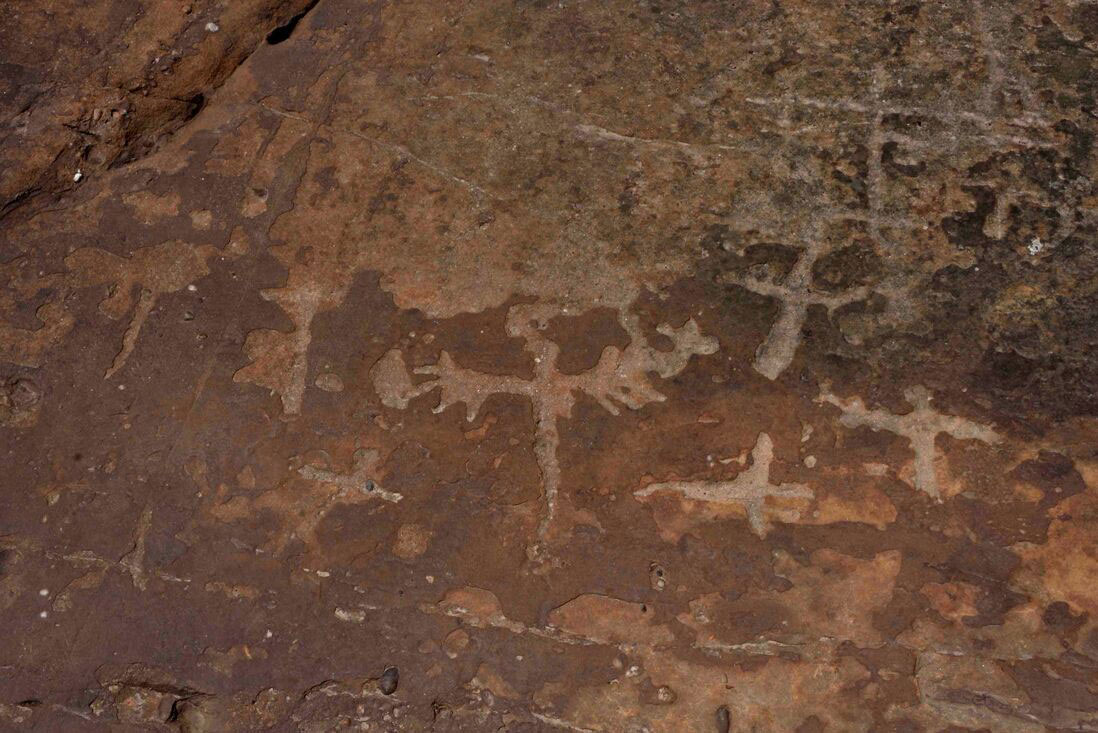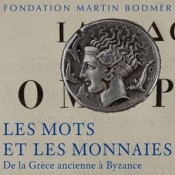During cleaning and documentation work currently being carried out by a team from the IPHES-CERCA led by Josep Maria Vergès and Míriam Salas more than 250 post-Palaeolithic engravings have been discovered in the area known as Roca de les Ferradures, in the old village of Cogullons (Montblanc), located in one of the areas with the highest concentration of rock art sites in the Prades Mountains. The open-air site lies on a rocky area of hundreds of metres, and is one of the most important sites of post-Palaeolithic cave paintings in Catalonia both due to its size and the number and variety of representations.
A much larger site than previously thought
This set of engravings was discovered at the end of the 1970s by Ramon Capdevila, an archaeology enthusiast and former collaborator of Salvador Vilaseca, but, apart from a few photographs and commentaries, the site remained mostly unexplored. Thanks to the recent work carried out by the IPHES-CERCA many more engravings, some of them in an extraordinary state of conservation, were discovered, indicating that they are spread over a much larger area than the one known as Roca de les Ferradures.
Possibly a sacred space
The engravings were made on the red sandstone ground with the technique of pecking and feature a variety of shapes and motifs, some of them forming scenes. The most common representation is that of stylized human figure (anthropomorphs), called ferradures.
Many of them are depicted with crossed arms and large open hands that are disproportionate in relation to their bodies. These figures stand out in the set of engravings both for their size ‒ in some cases measuring more than 20 inches in height ‒ and for the details they show.
Researchers believe that the first ones may have been made at the end of the Chalcolithic and the beginning of the Bronze Age, around 4000 years ago, but there is evidence they were also made during the Iron Age and, possibly, at later times.
According to archaeologists, the engravings might be related to some kind of cult, which had been practiced for more than a thousand years.
The excavation carried out by IPHES-CERCA in the Cova del Minaire and the re-study of the materials recovered by Salvador Vilaseca in the Cova de les Gralles, both located near the Cogullons, have allowed archaeologists to document evidence of intensive habitation in the area between 4,300 and 4,000 years ago.
3D documentation
The engravings have been documented using 3D scanning and photogrammetry, in order to obtain high-resolution 3D models. These will allow detailed study and dissemination at a virtual level, guaranteeing conservation and preservation of the findings.




